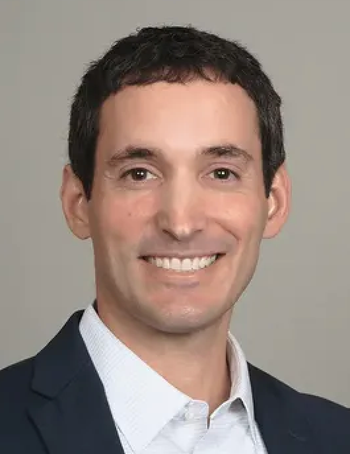
Infection preventionists face constant regulatory, organizational, and infectious disease challenges, and leveraging evidence-based practices alongside surveillance technology helps them maintain consistency, resilience, and patient safety.

Infection preventionists face constant regulatory, organizational, and infectious disease challenges, and leveraging evidence-based practices alongside surveillance technology helps them maintain consistency, resilience, and patient safety.

From chikungunya setbacks to COVID-19 booster guidance and childhood vaccine safety initiatives, here are the top regulatory and research developments this summer.
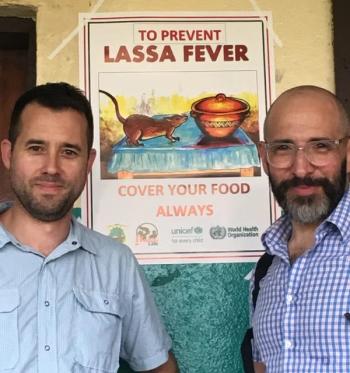
Leaders from the UNC Special Pathogens Response Center discuss how they plan and carry out biopreparedness trainings to address transport and care of patients with high-consequence infectious diseases, such as Ebola or Lassa fever.

Allergist and immunologist Juanita Mora, MD, urges vaccination, masking, and outreach to safeguard vulnerable communities.
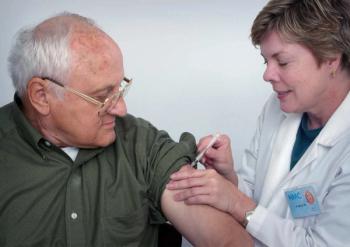
The American College of Cardiology is providing recommendations on the influenza, COVID-19, RSV vaccinations and others.

A 9-month pilot study showed a 55% reduction in resident colonization with MRSA, VRE, and ESBL, but contamination of high-touch surfaces persisted in rooms of MDRO carriers.

Christopher Sellers, MD, discusses its distinct program and diverse professional opportunities and provides some insights as to why many ID trainees stay at the University of North Carolina.

Systematic review finds FMT and standardized microbiome products outperform antibiotics in efficacy and safety.

Regulators cite four new serious adverse event reports, halting US distribution while global access efforts continue.
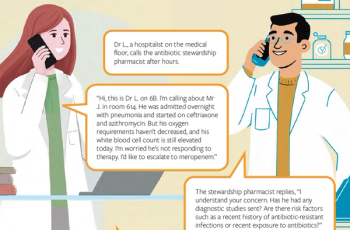
The NARROWS framework, developed within the IDSA Core Antimicrobial Stewardship Curriculum, provides a structured, behaviorally informed approach to communication that helps stewardship teams address the social, emotional, and cultural factors influencing prescribing decisions in order to optimize antimicrobial use and combat resistance.
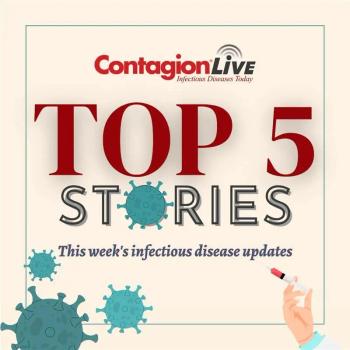
This week, people with HIV are living longer on antiretroviral therapy but face elevated comorbidity risks, requiring tailored screening and multidisciplinary care as they age, and more.
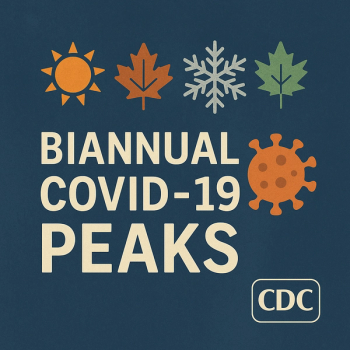
New data show consistent late-summer and winter surges, reinforcing the need for seasonal vaccine timing and focused protection for high-risk groups.
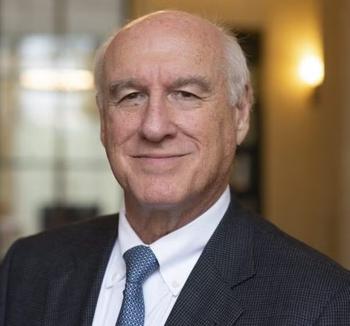
The Institute's Director Myron Cohen, MD, discusses the uniqueness of the institution and its ability to offer research and clinical opportunities globally as well as play a significant role in public health.

STOP-PASC substudy results find digital biometrics align with symptom burden, supporting their use as objective measures in long COVID research.

Allegheny Health Network’s (AHN) Thomas Walsh, MD, talks about Allegheny General Hospital being recognized as an Infectious Diseases Society of America (IDSA) Center of Excellence and some of the stewardship strategies they are employing to reduce antimicrobial usage.

A decade-long study finds the ratio independently predicts risk, with patients aged ≥30 facing higher progression rates.

Stenotrophomonas maltophilia is an opportunistic, multidrug-resistant pathogen that poses significant treatment challenges due to its complex resistance mechanisms, limited therapeutic options, and high mortality rates among vulnerable patients.

First-in-class IL-15 agonist aims to address persistent post-COVID symptoms by enhancing immune clearance and restoring T cell memory.
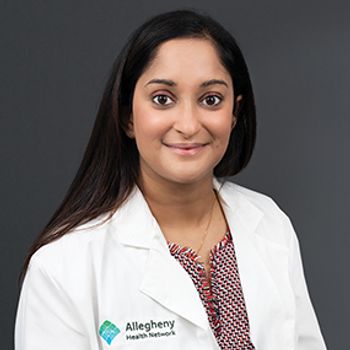
Deeksha Jandhyala, MD, discusses how her team works to prevent infections and provide clinical assistance for transplant candidates.

ECDC warns climate shifts are driving longer mosquito seasons and expanding disease transmission, calling for stronger surveillance, vector control, and clinician preparedness.

This review highlights how people living with HIV are living longer due to antiretroviral therapy but face unique age-related health challenges, including cardiovascular disease, metabolic syndrome, renal dysfunction, neurocognitive decline, immunosenescence, bone loss, and frailty, requiring tailored screening and management strategies.

Philippa Easterbrook, MD, MPH, FRCP, explains barriers in primary care, the promise of community models, and how simplified guidelines could expand access to treatment.
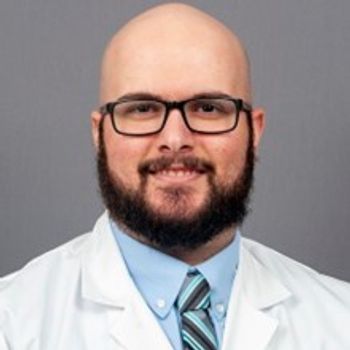
George Bchech, MD, details his experience within the AHN ID-CCM fellowship.

Morris County resident was infected despite no recent travel; risk to public remains low, officials say.
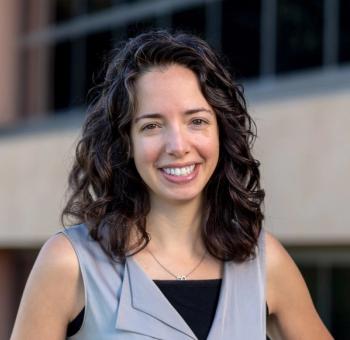
Julia Moore Vogel, PhD, says the LoCITT study aims to expand access through a fully remote design using CareEvolution’s MyDataHelps platform.
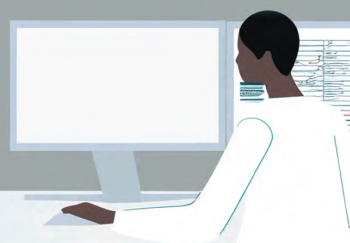
Biosurveillance is an essential early warning system for detecting and responding to infectious disease threats, helping to prevent localized cases from becoming widespread outbreaks or pandemics. Despite its proven value during crises such as COVID-19, biosurveillance programs often suffer from inconsistent funding and support, underscoring the urgent need for sustained investment and integration into public health infrastructure.

Clinical trial and real-world data, including the PROVE study, support its role as an effective and carbapenem-sparing therapy for serious infections, though outcomes vary depending on pathogen and infection type.

In the second episode of Allegheny Health Network’s (AHN) Media Day, Cassandra Oehler, MD, provides insights on HIV care at AHN's Positive Health Clinic (PHC), including the comprehensive services they offer and how they are involved in clinical trials using long-acting injectables.

The renewed federal panel aims to improve vaccine oversight and restore public trust amid declining immunization rates and ongoing concerns about vaccine ingredients.

C difficile carriers faced a higher baseline risk for hospital-onset infection compared to noncarriers, and this risk was not significantly influenced by antibiotic use.